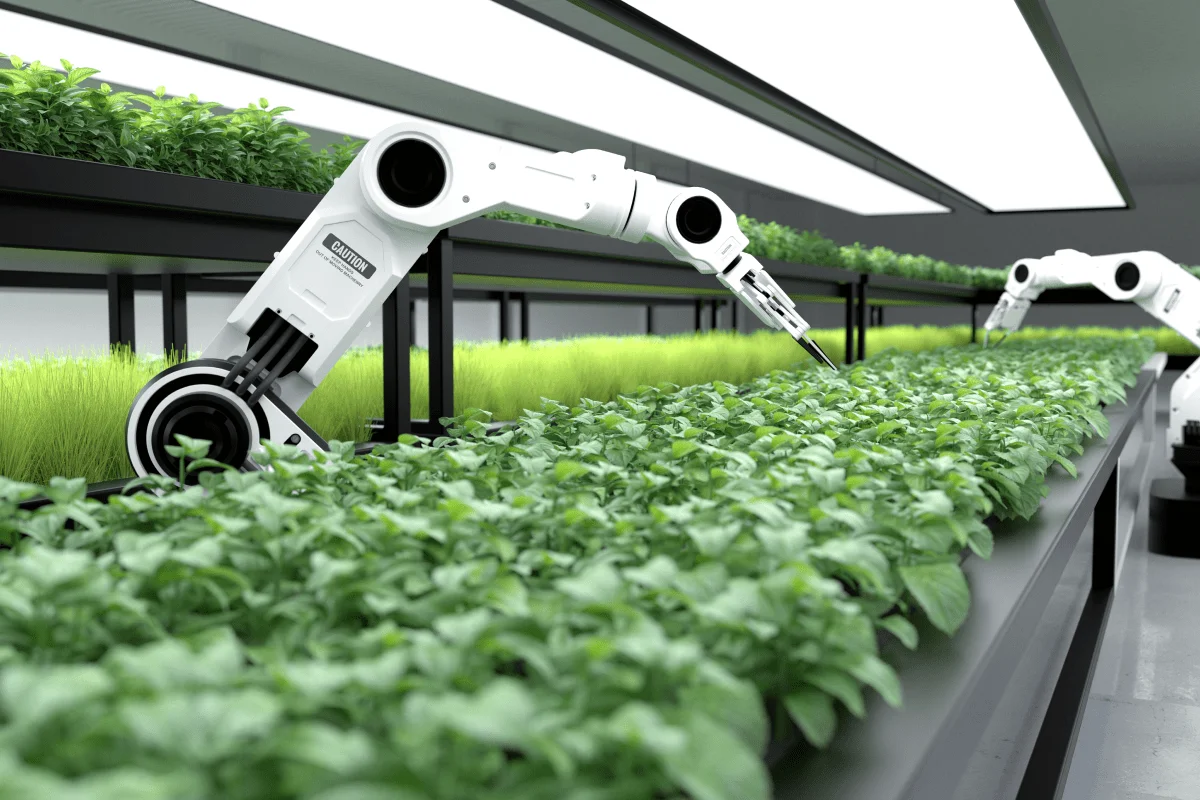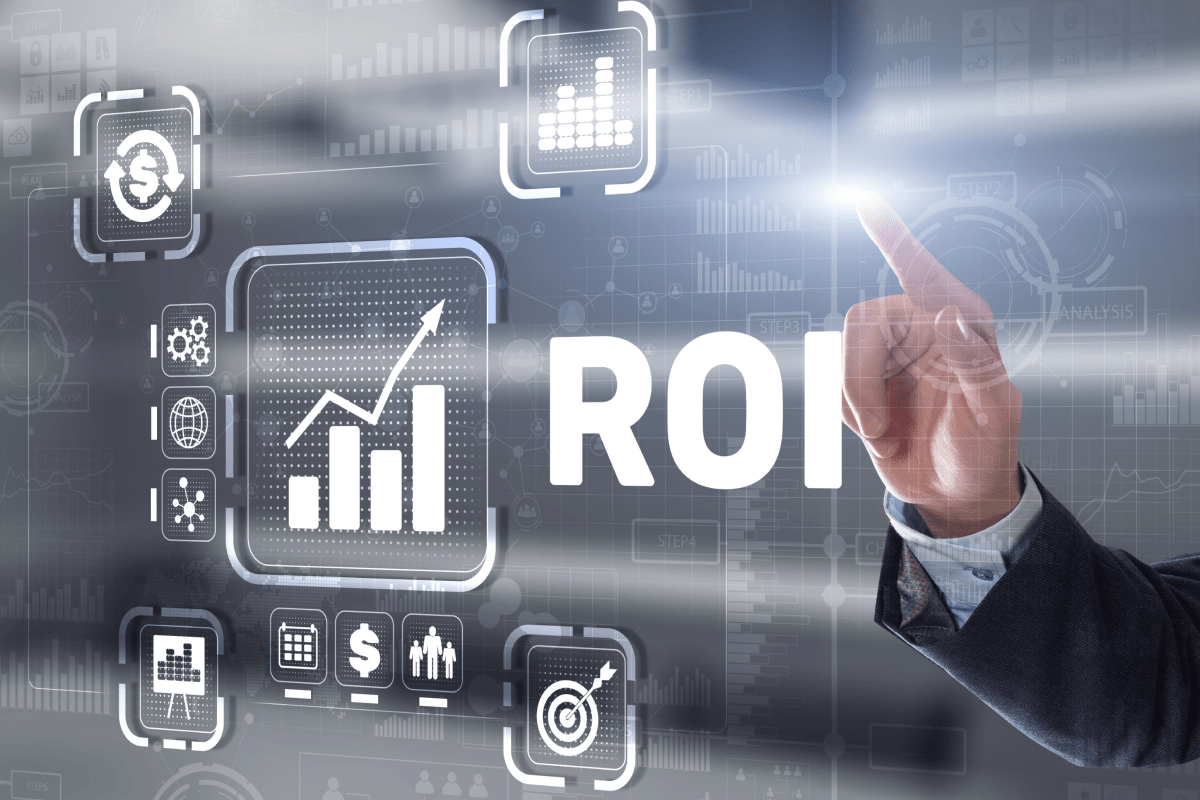The Rise of Automation
Over the past few decades, automation has become synonymous with progress in various industries. From manufacturing and logistics to customer service and data analysis, businesses are leveraging technologies like artificial intelligence (AI), robotics, and machine learning to automate tasks that were once performed manually. This shift highlights the significant environmental impact of business automation.
Types of Business Automation
Robotic Process Automation (RPA): Involves the use of software robots to execute repetitive tasks.
AI and Machine Learning: Enables machines to learn from data and make intelligent decisions, reducing the need for human intervention.
Internet of Things (IoT): Connects devices and systems to facilitate data exchange and automation in real-time.
The Positive Environmental Impact of Business Automation
Energy Efficiency: One of the key advantages of business automation is the potential for increased energy efficiency. Automated systems can optimize energy usage by monitoring and adjusting consumption based on real-time data. For instance, smart buildings equipped with automated climate control can reduce energy waste, contributing to a lower carbon footprint.
Resource Optimization: Automation allows businesses to optimize resource utilization, minimizing waste and maximizing output. In manufacturing, for example, automated processes can reduce material waste and improve overall resource efficiency. This not only benefits the bottom line but also has positive implications for the environment.
Sustainable Supply Chains: Automation plays a crucial role in creating sustainable supply chains. By automating logistics and inventory management, businesses can minimize transportation emissions and reduce excess inventory, leading to a more environmentally friendly operation.
Green Technologies: The development and implementation of green technologies are often accelerated by automation. Businesses are investing in eco-friendly solutions powered by automation, such as smart grids, renewable energy management systems, and sustainable production processes.
The Negative Environmental Impact of Business Automation
Electronic Waste (e-Waste): As businesses embrace automation, the demand for electronic components and devices increases. This can lead to a surge in electronic waste, as obsolete or malfunctioning automated systems are discarded. Proper disposal and recycling of e-waste become critical to mitigate the environmental impact.
Initial Carbon Footprint: The manufacturing and deployment of automation technologies contribute to an initial carbon footprint. The production of robots, AI systems, and electronic components involves energy-intensive processes, and the transportation of these technologies to their destination adds to the environmental cost.
Job Displacement and Commuting: While not a direct environmental impact, the displacement of human workers due to automation can indirectly contribute to environmental issues. Job displacement may lead to increased commuting distances as workers seek employment opportunities, resulting in higher carbon emissions from transportation.
Overreliance on Non-renewable Resources: Some automation technologies rely heavily on non-renewable resources, such as rare earth metals and fossil fuels. The extraction and processing of these resources can have significant environmental consequences, emphasizing the importance of sustainable practices in the development of automation technologies.
Navigating the Green Frontier
Sustainable Technology Development: Businesses should prioritize the development and implementation of sustainable automation technologies. This includes using eco-friendly materials in manufacturing, reducing energy consumption, and incorporating green design principles.
Responsible E-Waste Management: To mitigate the negative impact of electronic waste, companies must adopt responsible e-waste management practices. This includes recycling, refurbishing, and properly disposing of obsolete automation technologies.
Energy-Saving Practices: While automation can enhance energy efficiency, businesses should also implement energy-saving practices in their automated systems. This includes optimizing algorithms, using renewable energy sources, and adopting energy-efficient hardware.
Workforce Transition and Training: To address the social and environmental challenges posed by job displacement, companies should invest in workforce transition programs and training initiatives. This can help employees acquire new skills and transition into roles that complement automation rather than compete with it.
Regulatory Compliance: Governments and regulatory bodies play a crucial role in shaping the environmental impact of business automation. Implementing and enforcing regulations that promote sustainable practices and hold businesses accountable for their environmental footprint is essential.
Conclusion
The environmental impact of business automation is a complex and multifaceted issue. While automation offers significant opportunities to improve efficiency and reduce environmental impact, it also presents challenges that must be addressed to ensure a sustainable future. By adopting responsible practices, investing in green technologies, and prioritizing environmental stewardship, businesses can navigate the green frontier of automation and contribute to a more sustainable and eco-friendly world.
4o










